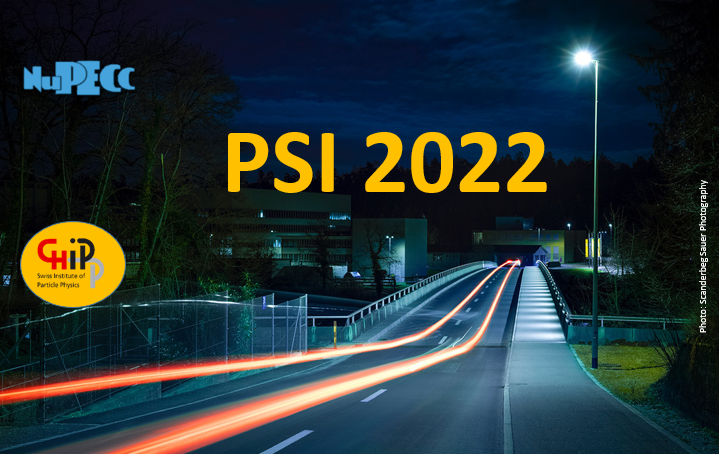Speaker
Description
A neutron interferometer is a device that splits the wavefunction of a single neutron into two paths, superimposes them, and detects the potential difference between the two paths as a phase difference. Neutron interferometers were practically used in the 1970s, and have contributed greatly to the development of quantum mechanics, such as the verification of spinors and the phase shift of matter waves due to gravity. Until now, neutron interferometers have been cut out of Si ingots, which could only use mono-energetic neutrons and were limited in size.
We have developed a multilayer interferometer as an alternative to the Si interferometer and successfully demonstrated it with a pulsed neutron beam at J-PARC. The multilayer-type interferometer consists of half- and total-reflection neutron mirrors deposited on an optical device called a beam-splitting etalon with a precisely defined gap. In use of a pulsed neutron beam, the phase of neutron interference appears in the neutron time of flight for each pulse. The availability of white neutrons significantly increases the number of available neutrons and use of the pulsed neutron suppresses the time-dependent systematic uncertainty. We achieved a high visibility of 70% with the beam width of 100 µm and the beam gap of 400 µm, allowing complete separation of the beam paths.
Currently, we are working on precise measurements of neutron scattering lengths of nuclei which are fundamental parameters in neutron scattering experiments. We have measured Si, Al, Ti, and V as the first trial. The obtained scattering lengths were consistent with literature values [1] except V, whose scattering length was about 50% larger than that.
In this talk, we report the status of the neutron interferometer and the results of the nuclear scattering length, and future development plans for the multilayer-type interferometer.
[1] V. F. Sears, “Neutron scattering lengths and cross sections”, Neutron news 3.3 (1992), 26-37.

